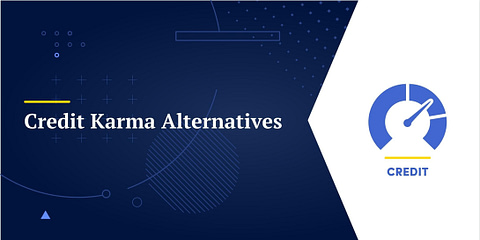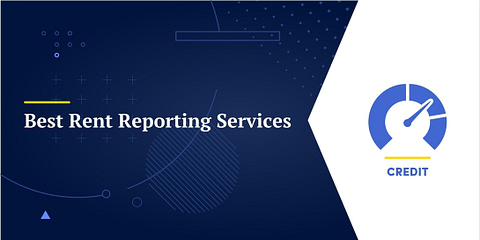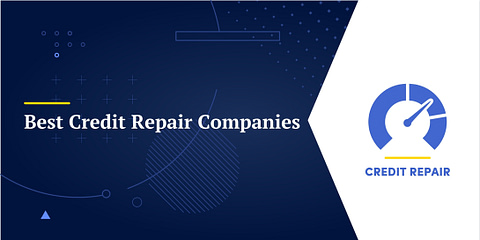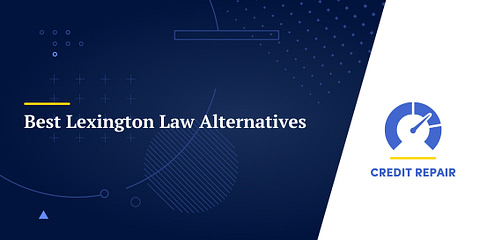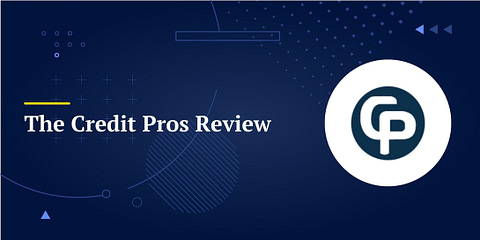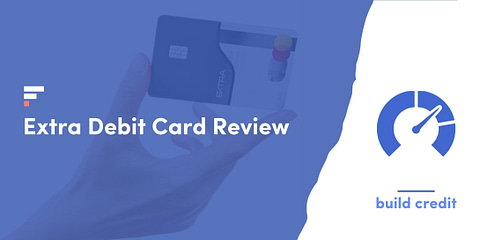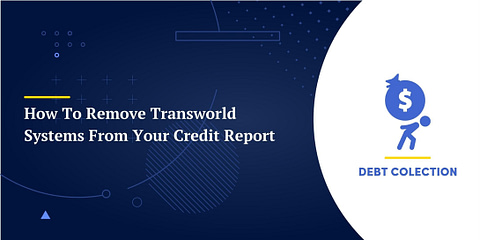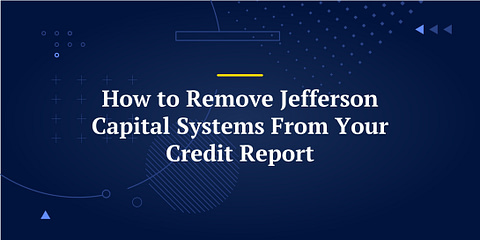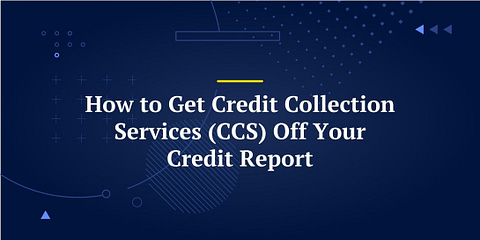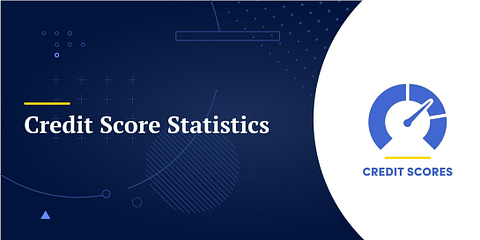Credit scores are so deeply ingrained in the American financial system today that it’s easy to take them for granted. However, they’re not as permanent a fixture in society as you might think.
Many other countries, like France and the Netherlands, don’t use them at all[1]. Instead, they generally consider you creditworthy if you have a good income and no negative marks in your history. Even Japan, whose criminal justice system has a 99% conviction rate, assumes innocence until proof of guilt when it comes to creditworthiness[2].
So when were credit scores invented here, and why? Let’s review the history of credit scores in America, delve into the problems they were created to solve, and examine how they evolved into their modern form.
When Were Credit Scores Invented?
The prototype of the modern credit scoring system was invented in the 1950s when Bill Fair and Earl Isaac, a mathemetician and an engineer, formed Fair, Isaac, and Company[3].
If something about those names or initials sounds familiar, it’s because their company is now FICO, the producer of the most popular consumer credit scores in the country.
However, they didn’t create the scores we’d go on to use today for several more decades. Through the late 1980s, they provided scoring algorithms to creditors that relied primarily on the creditor’s own customer data to inform their lending decisions.
It wasn’t until 1989 that FICO created the first iteration of the modern credit scoring system when they partnered with Equifax, the oldest of the three major credit bureaus in the United States. Since then, the gist of most credit underwriting has become the following:
- Lenders report consumer information to credit bureaus
- Credit bureaus organize consumer information into credit reports
- Companies like FICO make algorithms that calculate credit scores
- Lenders apply an algorithm to one of your credit reports when you apply for credit, which determines whether you qualify for the account
By 1991, lenders could get a FICO score using consumer data from Equifax, TransUnion, and TRW, Inc., the credit reporting agency that would eventually become Experian.
How Were Borrowers Previously Evaluated?
Contrary to what you might think, credit is actually an incredibly old concept. Even Hammurabi, the man who first coined the phrase “an eye for an eye,” had several rules regarding maximum allowable interest rates in his infamous Code[3].
The practices of ancient Babylonian creditors are intriguing, but they aren’t particularly relevant to the credit scores we use today. We’ll focus on what lenders did in the years leading up to the modern system.
Prior to the invention of and transition to credit-bureau-based scoring systems, lenders evaluated borrowers almost completely subjectively. There were virtually no legal protective measures in place for consumers.
Credit bureaus could gather and sell all kinds of information to lenders that we’d be appalled to find out was being used in modern lending decisions today. That included things like rumors about your marital troubles or sex life[3].
When you needed financing, you’d meet with a bank representative and try to convince them you were worthy of credit. Unfortunately, the lender could then make a fairly arbitrary decision on whether or not you were qualified.
They could deny you for your race, your gender, or the way you dressed for the interview, and there wasn’t much you could do about it. As a result, blatant discrimination was commonplace, especially against women and minorities.
It wasn’t until the passage of the Equal Credit Opportunity Act in 1974 that it became illegal for a creditor to discriminate based on characteristics like race, color, religion, nationality, sex, marital status, and age.
Warning: Despite the legal protections in place, discrimination issues still exist. If you suspect that a lender has discriminated against you for a protected characteristic, consider getting legal help. Visit lawhelp.org or read our comprehensive guide to find affordable assistance near you: How to Get Free Legal Help.
The Evolution of the Modern Credit Score
As you can imagine, letting lenders judge borrowers’ creditworthiness subjectively is simply begging for unfairness. Humans are deeply biased creatures, even when we’re trying our hardest not to be.
Solving that problem was the primary motivation behind the invention of the modern credit scoring system. FICO tried to create a fact-based, unbiased, and consistent tool for assessing borrowers’ ability to repay their debts.
Since its release in 1989, that system has continued to evolve. The first significant change was in 1993 when FICO introduced scores for specific types of credit, such as auto loans, credit cards, and mortgages[4].
A couple of years later, Fannie Mae and Freddie Mac officially endorsed the use of FICO scores in mortgage lending, and they’ve been widely regarded as the gold standard ever since.
When VantageScore Credit Scores Were Invented
In 2006, a somewhat unlikely competitor entered the scene. The three major credit bureaus – Equifax, Experian, and TransUnion – banded together to found VantageScore[5].
Their goal was to create competition in the credit scoring market and a more predictive and consistent credit scoring model. While they haven’t overtaken FICO yet, a significant number of lenders now incorporate VantageScores into their underwriting decisions.
The company has also gone out of its way to make credit scores more accessible to the public. As a result, it’s often easier to get a copy of your VantageScore than your FICO score. Many more online service providers offer VantageScores for free than FICO scores, including Credit Karma, Mint, and Credit Sesame.
⚠️ While it doesn’t include your credit score, the Fair Credit Reporting Act requires that Equifax, TransUnion, and Experian allow you a free copy of your credit report each year. Because of the COVID-19 pandemic, you can get one for free every week until April 2022. To request yours, visit AnnualCreditReport.com.
Fortunately, though many lenders still prioritize FICO scores, the differences between the two models aren’t all that insignificant unless you need to know your score down to the point. If you’re only trying to track the progress of your credit improvement efforts, either one will probably do.
Notably, both FICO and VantageScore have continued to refine their algorithms to more accurately predict whether or not borrowers will be able to repay their debts. FICO is now on the ninth version of their generic credit score, while VantageScore has published four.
Problems With the Modern Scoring System
While the standardization of credit reports and the spread of credit scoring algorithms like FICO and VantageScore have created a much more favorable system for consumers than existed previously, it’s not a perfect one.
There are still many significant flaws, such as:
- Lasting effects of historical biases: Modern credit scores focus on a borrower’s objective track record. Unfortunately, many Americans are at a disadvantage due to the lingering effects of past discrimination. These hamper their ability to create wealth, avoid debt traps, and build good credit.
- Inaccurate credit reports: In 2013, the Federal Trade Commission found that 26% of consumers had a material mistake on a credit report[6]. For 5% of the people surveyed, fixing the error would increase their score enough to lower their auto loan interest rate. The data is almost a decade old, but there’s little reason to think things have improved significantly.
- Voluntary reporting: All of the data in your credit report is placed there by your creditors. Creditors choose whether to report, and they have to pay to report data. As a result, many regular payments, like rent and utility bills, are not usually part of a credit record. That places younger borrowers in particular at a disadvantage: their most consistent payments are not part of their credit records.
- Low credit literacy: The credit scoring system can be frustratingly complex. As a result, a shockingly low percent of Americans understand how it works. 58% of low-income consumers rate their knowledge of credit scores just fair or poor, despite being more likely to apply for credit than higher-income individuals[7].
Of course, the list doesn’t end there. Other concerns about credit scores include the danger they pose to consumer privacy, their susceptibility to arbitrary manipulation tactics, and the sheer difficulty of improving them after they drop, even when the damage to your score isn’t really your fault.
📗 Learn More: VantageScore and the Consumer Federation of America put together a quiz that assesses your credit score literacy. I’ll admit that even I missed one of the questions. Do you think you can beat my score? Give it a try: The Credit Score Quiz.
Credit Scores Are Still Changing
There’s a financial incentive for companies to create credit scoring systems that are effective at predicting whether or not a borrower will repay their debts. Lenders are their customers, and the system is designed to serve the lender’s needs.
There’s increasing pressure to pay more attention to the needs of borrowers, particularly younger borrowers or those with limited records. As a result, the credit scoring system is still evolving, and many of those developments are positive for consumers.
For example, one approach that’s gaining popularity thanks to creditors like Petal is cash-flow underwriting. Instead of assigning scores using your debt payment history or outstanding credit balances, they give you a “cash score.” It measures your creditworthiness based on your income, savings, and spending habits.
There’s increasing movement toward basing lending decisions on “alternative data”: information that is not currently included in credit reports. Mortgage giants Fannie Mae[8] and Freddie Mac[9], for example, are pressing for the inclusion of rent payment records in mortgage lending decisions.
That creates a better situation for consumers that have a steady paycheck and pay their bills on time but have a thin credit file. These people typically can’t generate a credit score, and most lenders would deny their applications as a result, but cash-flow underwriting and other forms of alternative data can bridge that gap.
📗 Learn More: If you have a thin credit file, reporting your rental history to the credit bureaus can help you establish or improve your credit score. Check out our review of the services available: 13 Best Rent Reporting Services In 2021.
Learn to Thrive in the Modern System
Unfortunately, the American education system does a poor job of teaching its young people about financial matters. Just 21 states in America require high school students to take a personal finance course to graduate[10].
The low levels of credit literacy in our country’s adult population are almost certainly a direct reflection of that failure. It’s up to you to learn how the credit scoring system works so you can avoid the pitfalls that leave nearly a third of Americans with subprime credit scores[11].
Fortunately, you don’t have to do it alone. We’ve put together a library of resources that you can use to research just about any question you have, including:
- How is My Credit Score Calculated?
- What Credit Score Do I Need?
- How Do I Get A Free Credit Score?
- How to Build Credit
Understanding the ins and outs of the credit system might seem trivial, but it’s a critical first step in building the score you need to buy a car affordably or qualify for the mortgage on your dream home.
📗 Learn More: If you’re feeling overwhelmed and need a good place to start, check out our introduction to credit scores: Credit Scores 101: A Beginner’s Guide.

